Every week we release educational videos related to hot topics in the mortgage industry on YouTube.
Subscribe to our channel to stay in-the-know!
Homeowners insurance can be a complex topic, but it's crucial for protecting your home and belongings. Whether you're a new homeowner or have been in your house for years, understanding your insurance policy is essential. In this homeowners insurance guide, we'll cover the basics of what homeowners insurance includes and why it's important. We'll explain key considerations, like choosing the right type of policy and understanding endorsements that can provide extra protection. Additionally, we'll offer practical tips on finding the best coverage and ensuring you're not overpaying for your policy.
With this guide, you'll be better equipped to protect your most valuable asset—your home.
New Paragraph
In this article you will find:
Homeowners insurance is a policy that protects your home and personal property against damage or loss. It also provides liability coverage if someone is injured on your property. Having adequate homeowners insurance is important because it can save you from financial hardship in case of unexpected events like fire, theft, or natural disasters. Without the right coverage, you could face significant out-of-pocket expenses to repair or replace your home and belongings, or to cover medical costs if someone is injured on your property.
When shopping for homeowners insurance, you'll come across two main types of agents: captive agents and independent agents.
Captive agents work for one insurance company and can only offer policies from that company. This means their options are limited to what their employer provides, which might not always align with your specific needs. They are knowledgeable about their company's products but may not offer the most competitive rates or the most comprehensive coverage available in the market.
Independent agents, on the other hand, work with multiple insurance companies and can shop around to find the best coverage and rates for you. They have access to a variety of policies from different insurers, which allows them to tailor their recommendations based on your unique requirements. This flexibility can be particularly advantageous if you have specific coverage needs or if you are looking for a more cost-effective solution. Independent agents act as intermediaries, comparing different options to ensure you receive the most suitable and affordable policy.
Choosing the right type of agent can significantly impact the homeowners insurance policy you end up with. While captive agents might provide deep insights into their specific offerings, independent agents offer a broader perspective, enabling you to compare different policies and choose the one that best fits your needs and budget.
It's essential to shop around when looking for homeowners insurance. Whether you are looking around on your own, or have an independent agent do the work for you, comparing policies from different providers can help you find the best coverage at the most affordable price. Here are some benefits of shopping around.
Independent agents can access multiple carriers, offering more choices. This means they can compare various policies and find one that best suits your needs. Whether you need extra coverage for specific items or want a policy that covers unique risks, having more options ensures you get the protection you need.
Shopping around helps you find the best rates for your coverage needs. Insurance companies price their policies differently based on various factors, so comparing multiple quotes can help you identify the most cost-effective option. This way, you’re not overpaying for coverage and can find a policy that fits your budget.
Independent agents can customize policies to fit your specific situation. They can mix and match coverage options from different providers to create a policy that addresses your unique circumstances. For example, if you have a home office or special valuables, an independent agent can find the right endorsements to cover these aspects.
It's a good idea to review and re-shop your insurance annually. While auto insurance is relatively straightforward, homeowners insurance can be more complex. This proactive approach helps you maintain financial protection for your home and belongings, giving you peace of mind. Regularly reassessing your insurance needs is a smart financial move that can help you stay protected.
Here’s why you should consider re-shopping your homeowners insurance guide policy each year.
Your needs might change over time, and re-shopping ensures you have the right coverage. For example, if you've made home improvements or acquired valuable items, you’ll want to make sure your policy reflects these changes. This prevents you from being underinsured if you need to file a claim.
Rates can vary, and you might find a better deal by comparing policies. Insurance companies often adjust their rates based on market conditions, claims history, and other factors. By re-shopping, you could discover lower premiums for the same or even better coverage, saving you money in the long run.
New products and discounts become available, and re-shopping helps you stay informed. Insurance companies regularly introduce new policy features, discounts for safety upgrades, and bundling options that could benefit you. Staying updated ensures you’re taking advantage of the best options available.
When choosing a homeowners insurance policy, there are several key factors to consider, these will help you make an informed decision and provide better protection for your home and belongings:
Financial Rating of Carriers:
Ensure your insurance company is financially stable. Look for carriers with an A rating from AM Best or Demotech. These ratings indicate the company's ability to pay claims. A financially stable insurer will be more reliable in paying out claims promptly and fully, giving you peace of mind that your home is protected.
Open peril policies cover all risks except those specifically excluded, while named peril policies cover only the risks listed. Open peril policies offer broader coverage and protect against a wider range of potential problems. This means that unless something is specifically excluded, it is covered under an open peril policy. On the other hand, named peril policies only cover the specific risks mentioned in the policy, which can leave gaps in coverage.
Consider adding endorsements to your policy for additional protection. Three important ones are:
Covers issues with pipes within or under the foundation. This can be crucial if you live in an area where foundation problems are common, as repairs can be costly.
Covers damage from water backing up through sewers or drains. This endorsement is vital if your home is susceptible to flooding or has an older plumbing system that might be prone to backups.
Covers slow leaks that might not be detected immediately. This endorsement protects against long-term water damage that can occur from hidden leaks, which can be expensive to fix if not covered by your standard policy.
Liability coverage is a crucial part of your homeowners insurance guide policy. It protects you if someone is injured on your property or if you cause damage to someone else's property. These steps help safeguard your home and assets, providing comprehensive protection and peace of mind:
Ensure your liability coverage is sufficient. Most policies offer at least $300,000, but higher limits are available. It's important to consider the potential costs of medical bills, legal fees, and other expenses that could arise from an accident. Higher limits provide better protection and peace of mind, especially if you have significant assets that could be at risk in a lawsuit.
For additional protection, consider an umbrella policy. This provides extra liability coverage above your homeowners policy, typically in increments of $1 million. Umbrella insurance is relatively affordable and can significantly boost your coverage. It kicks in when the limits of your underlying policies (like homeowners or auto insurance) are exhausted. This extra layer of protection is particularly useful if you have a high net worth, own valuable assets, or are at greater risk for lawsuits.
A deductible is the amount you pay out of pocket before your insurance kicks in. When choosing a deductible, consider your financial situation and how much you can afford to pay out-of-pocket in case of an emergency. Finding the right balance between premiums and deductibles is a challenge, but your insurance agent should be able to help you through this assessment. This step helps ensure you’re prepared for any unexpected expenses while keeping your monthly costs manageable.
Higher deductibles will lower your premium but increase your out-of-pocket costs during a claim. For example, if you select a higher deductible, your monthly insurance payments will be lower, saving you money each month. However, if you need to file a claim, you'll have to pay more out of pocket before your insurance covers the rest. This option is good if you want to save money on your premiums and can afford to pay more out-of-pocket in an emergency.
Lower deductibles mean you will have higher premiums but lower out-of-pocket costs during a claim. If you choose a lower deductible, your insurance payments will be higher each month. However, if something happens and you need to make a claim, you’ll pay less out of pocket before your insurance takes over. This option is beneficial if you want to minimize your expenses in the event of a claim and don’t mind paying higher premiums.
Most homeowners choose a 1% deductible, meaning you pay 1% of your home's insured value before insurance pays. For example, if your home is insured for $300,000, a 1% deductible would be $3,000. Some homeowners opt for higher deductibles to lower their premiums, but this comes with potentially more financial risk. It's essential to weigh the savings on your premiums against the possible costs you'll face if you need to file a claim.
Let’s touch on the difference between replacement cost and guaranteed replacement cost..
This type of coverage pays to rebuild your home up to the policy's limit. For example, if your home is insured for $300,000, the insurance will cover rebuilding costs up to that amount. However, if rebuilding costs exceed $300,000 due to inflation or increased building costs, you would have to pay the difference out of pocket.
This coverage is more comprehensive. It covers the cost to rebuild your home, even if it exceeds the policy's limit. So, if your home is insured for $300,000 but rebuilding costs rise to $350,000, the insurance will cover the entire amount, ensuring you don’t have to pay the extra $50,000 yourself.
It’s important to make sure your policy provides enough coverage to rebuild your home in case of a total loss. We recommend adding endorsements that increase the reconstruction cost by a certain percentage. This helps account for inflation and increased building costs after a disaster. For example, an endorsement might add an extra 25% to your coverage, providing a buffer against unexpected cost increases.
By understanding these key differences and ensuring you have the right coverage, you can protect yourself from significant out-of-pocket expenses if your home needs to be rebuilt. This knowledge is essential for making informed decisions about your homeowners insurance and ensuring your policy truly safeguards your home and finances.
Homeowners insurance is a vital part of protecting your home and belongings. Understanding your policy is the first step to making sure you have the coverage you need. It’s important to know what your policy covers and what it doesn’t, so you’re not caught off guard in case of an emergency. Shopping around and comparing different policies can help you find the best protection at the best price. Prices and coverage options can vary greatly between insurance companies, so taking the time to compare can save you money and provide better coverage.
Re-evaluating your coverage annually is also crucial. As your home and circumstances change, your insurance needs may change too. Regularly reviewing your policy ensures that you’re always adequately covered.





All Rights Reserved | Jennifer Hughes Hernandez | Senior Loan Officer | NMLS #514497
Full service residential lender with an experienced team offering expert service, reliable communications and on-time closings in the greater Houston area.

Every week we release educational videos related to hot topics in the mortgage industry on YouTube.
Subscribe to our channel to stay in-the-know!
Gardner Financial Services, Ltd., dba Legacy Mutual Mortgage, NMLS #278675, a subsidiary of Texas Partners Bank. 18402 U.S. Highway 281 N, Ste. 258, San Antonio, TX 78259. AZ BK-2001467. Check registration and licensing at nmlsconsumeraccess.org. Legacy Mutual Mortgage is an Equal Housing Lender. This is not a commitment to lend. Material is informational only and should not be construed as investment or mortgage advice. Legacy Mutual Mortgage is not an agency of the federal government. Not all loan products are available in all states. All loans are subject to credit and property approval. Not all applicants qualify. Restriction and conditions may apply. Information and programs current as of date of distribution but may change without notice. [11/2025]